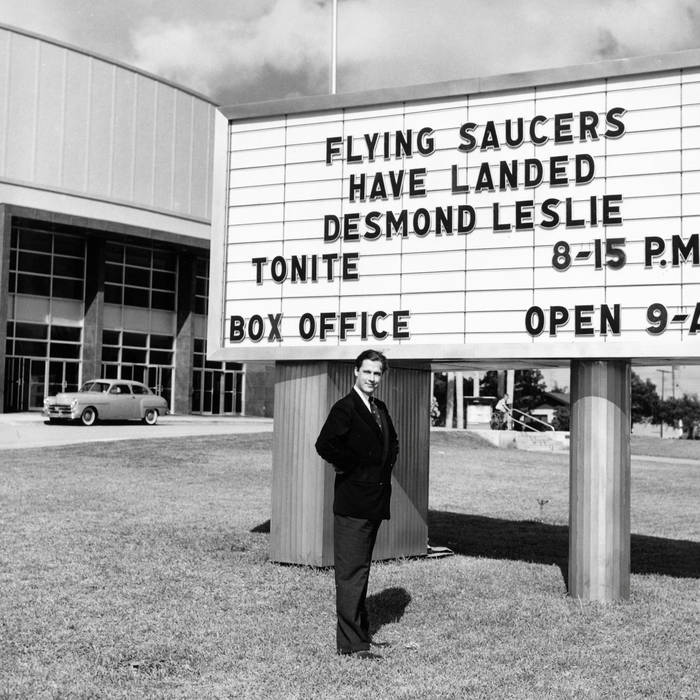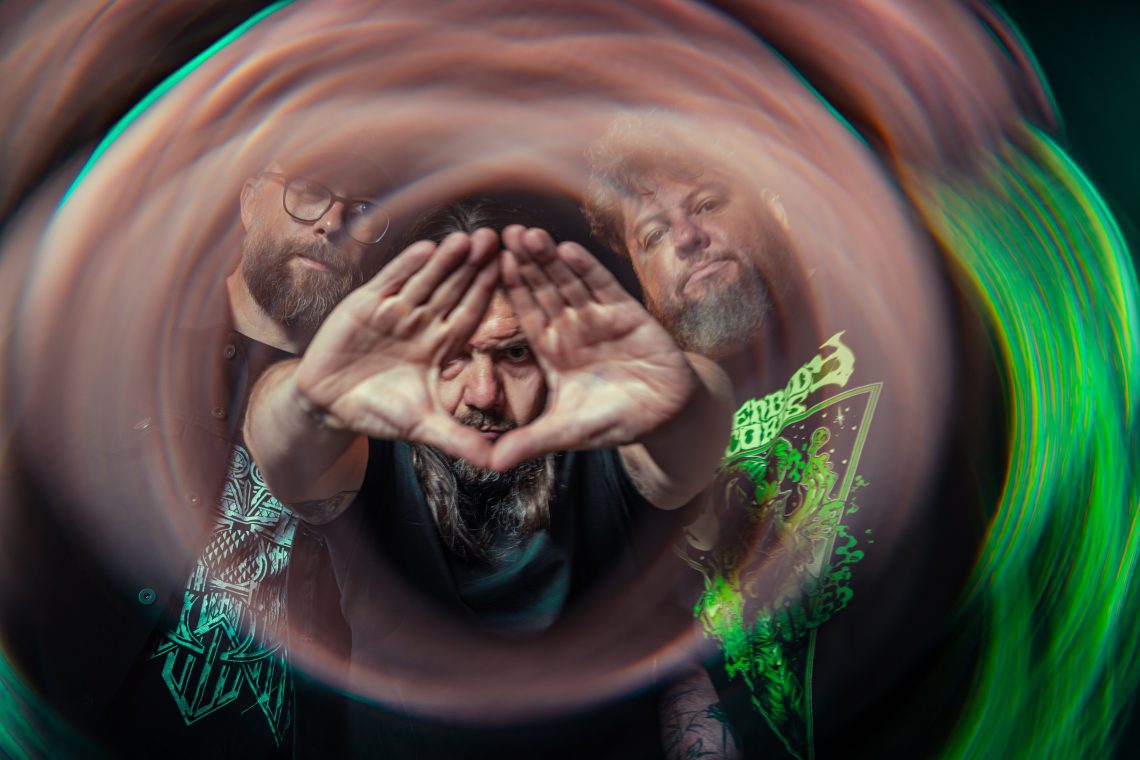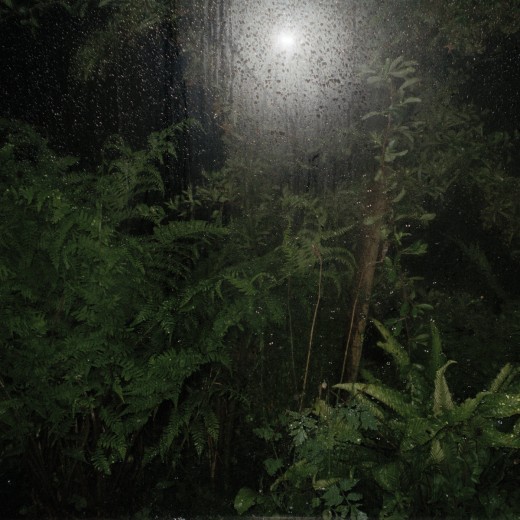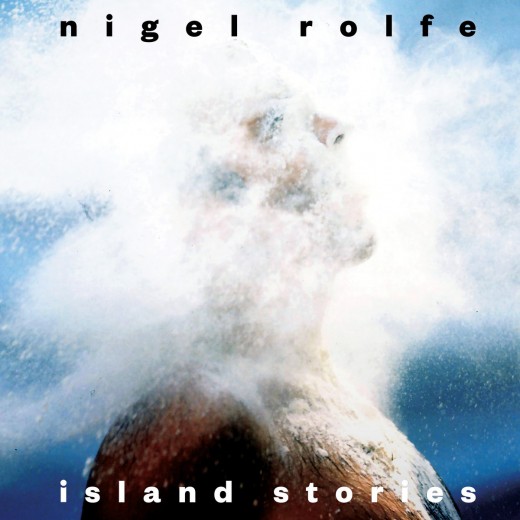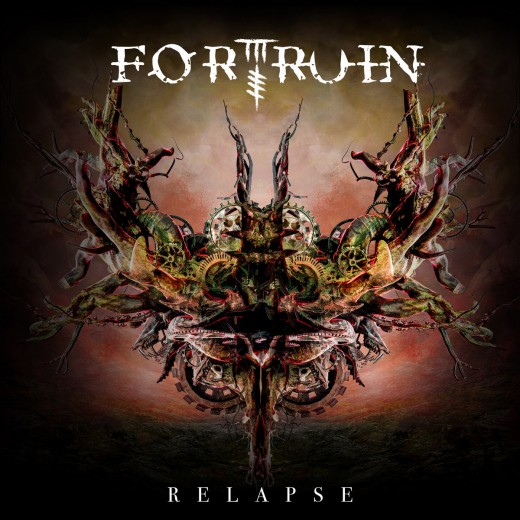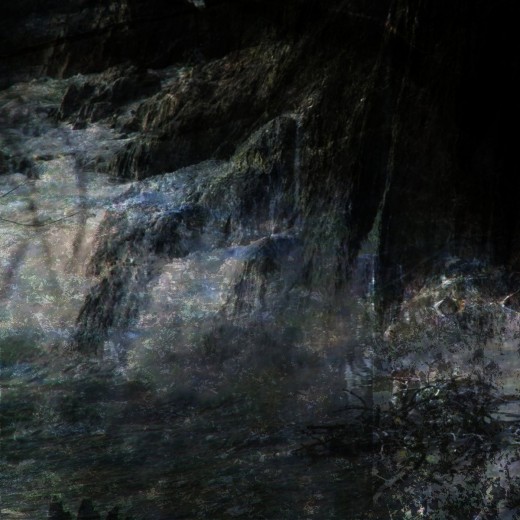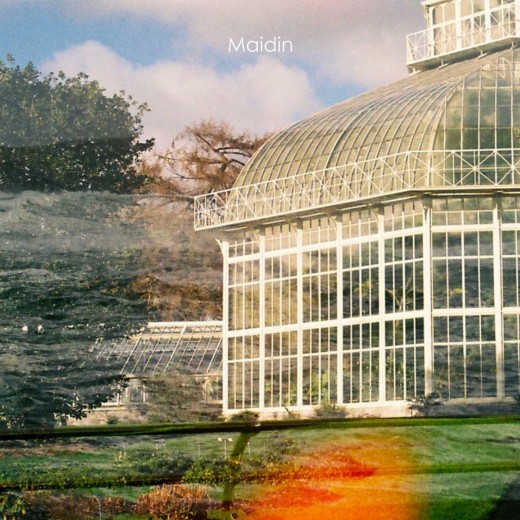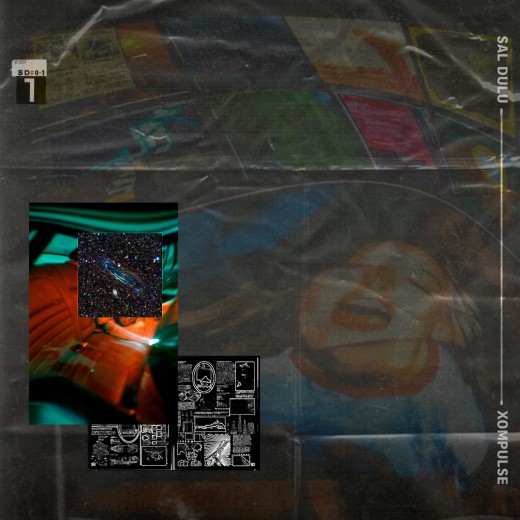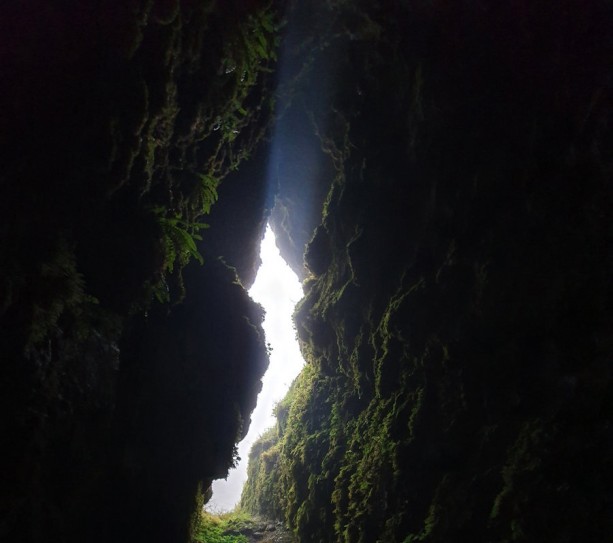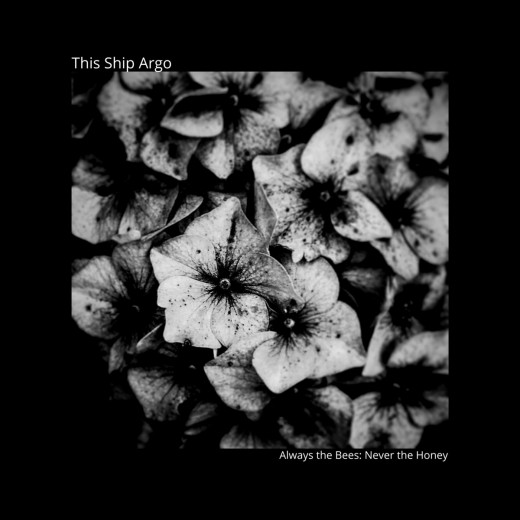The mission to track down all traces of an Irish avant-garde has received a boost with the release of this delightful compilation, compiled by Nyahh Records. The label has left no dusty attic unexplored in its efforts to drag subterranean Ireland to the surface, providing documentary proof of free-thinking at a time of joint church/state hegemony. This experimental impulse could apparently be found at all levels of society. Take the aristocratic UFO hunter Desmond Leslie, who created electronic soundscapes in his Monaghan castle and took his place with the Meeks and Derbyshires of the world. Outside the country estate, there were pioneers…
-
-
Off the back of their trouncing new LP Strontium Fields, the Belfast prog-doom titans sit down with Pádraic Grant to talk sci-fi, analogue synths and two decades of sonic expansion Photos by Sean McMahon Twenty years into their existence, Slomatics have entered a new phase. Over six albums, countless splits and EPs, their fuzzed-out sound has grown in complexity and scope. Emerging from the chaos of the pandemic, latest release Strontium Fields, sees the trio – guitarists David Majury, Chris Couzens and vocalist/drummer Marty Harvey – push beyond the doom-stoner-fuzz continuum to blossom into an experimental rock unit as likely…
-
After tackling small town esoterica and early Irish Christianity, the latest release by Francis Heery, aka The Cube of Unknowing, explores the idea of resurgent nature, unleashed by a world-changing flood, engulfing the towns of County Galway. Drowned Zones is made up of six glimpses into a future past, where small town ruins are overtaken by jungle and stalked by creatures only a new primordial soup could conjure. The most resonant sci-fi charts the consequences of choices made in the present, so it is little surprise that Heery’s album description references dystopian chronicler JG Ballard. The concept, from artwork to…
-
The excavation of Ireland’s buried electronic past by All City’s Allchival imprint continues with a reissue of Island Stories, a contribution by English multimedia artist Nigel Rolfe, who moved to Ireland in 1974 to commence a long career in the fine arts. Recorded in 1985 at the famous Windmill Studios, assisted by a cadre of musicians and vocalists, Rolfe performed most of the songs on the ’80s defining DX7 synthesizer. While the idea of a solo keyboard album may conjure thoughts of minimal synth isolationism, this is a vibrant collection of tracks that sometimes approach Art of Noise-style avant-pop, with…
-
For some sections of the workforce, the lockdown’s biggest consequence was a surfeit of free time. This allowed some musicians to devote more time to their creative pursuits. This was the case for Cork band For Ruin, whose mainstay John Murphy used some of that recovered time to record eight slices of highly melodic death metal, the band’s first output since it was put on hold in 2013. Relapse is the second release drawn from this batch, following on from September’s Elapse EP. In a case of great precognition, Murphy began constructing his home studio around three years ago, the…
-
In just a short few years, Cork artist Lighght has built an impressive catalogue shaded with horror, humour and poignancy. The jagged noise of debut EP The Skin Falls Off the Body was a meditation on pain, a response to a past trauma. Debut album Gore-Tex in the Club, Balenciaga Amongst the Shrubs dealt with the recovery process in a transformative manner, manifested in a sprawling work that introduced doses of melodic synths, busy percussion and forays into spoken word and the organic sound of the solo harp. His newest release, Holy Endings, is his most consistently relaxed work, downplaying…
-
Brian Mc Namara is a Dublin sound artist and musician, two occupations that come together in his twenty-minute ambient work Maidin. The piece resulted from a recording Mc Namara made of a morning walk through Glasnevin’s National Botanic Gardens. After creating a drone accompaniment reflecting on this experience, he weaved the two recordings together to form a meditation on the meaning of sound and memory. By blending natural sounds with music arising from the deliberative human source, Mc Namara suggests a continuity between the two, the musician a conduit for the world around them. He previously used this technique in…
-
Xompulse, the first album from Dublin producer Sal Dulu, attempts to bottle the eerie tranquillity of the urban night in ten tracks. Dalu has talked about working in the nocturnal hours, and feeling his creativity strengthened by sleep deprivation. With this free-flowing release, he has also managed to tap into a wider feeling that everyday life is beginning to resemble the night-time haze. Recent events have accelerated the spread of home working, and the blurring of the bedroom and the office leaves little room for real life to break the somnambulism. Dulu envisioned Xompulse as an approximation of the dreamworld.…
-
The first thing the viewer sees is a strip of bright light, shining in front of the rocky path at their feet. Then the framing comes into focus, a dark cave coloured by lush greenery. It’s a glimpse at paradise, but it’s also the album art for Round Trip, the debut release from Galway DJ-turned-producer Yurtis Mayfield aka Adam Ryan. It fuses themes of science and environmentalism within electronic trappings, exploring the realisation that earth’s endangered grandeur is best recognised after a period of inner and outer space travel. Ryan covers these ideas in a pleasingly eclectic selection, incorporating pulsing…
-
Belfast’s Aileen McKenna, aka This Ship Argo, named her new album, Always the Bees: Never the Honey, after an old Irish curse: “May you find the bees but not the honey”. With a vengeful origin encased in natural imagery, it is a fitting title for an album that dwells first on negative emotions, only to later dispel them through pastoral sonic escape. The electronic compositions across these nine-tracks are deceptively low-key. McKenna includes a run of instrumental tracks in the first half, which reward close listening. She pays attention to each track’s subtle development, with peripheral sounds reappearing as primary…

